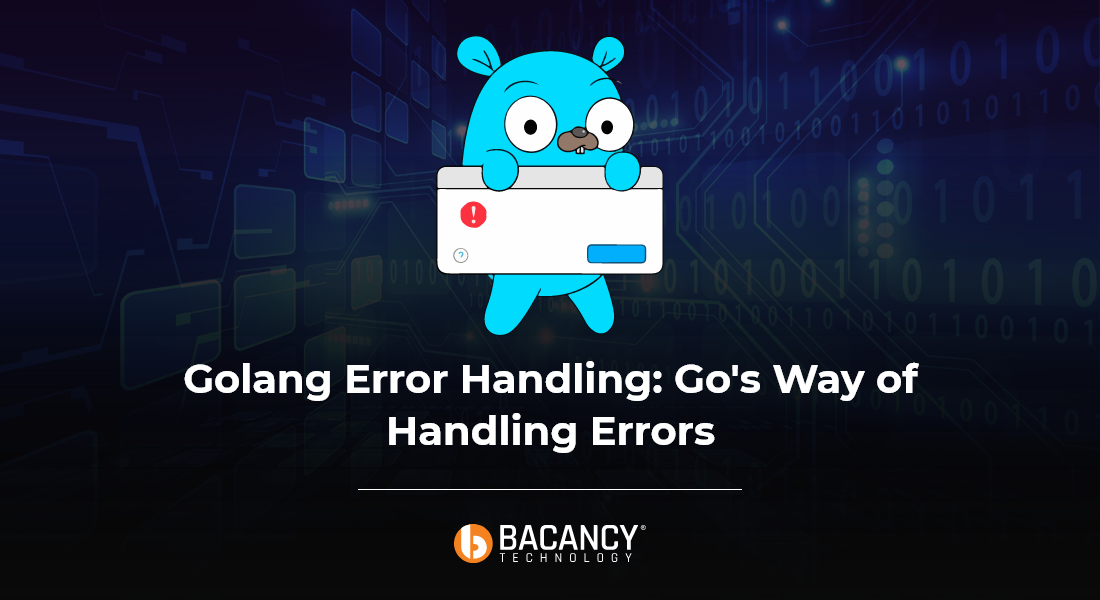Golang is widely known for its distinctive approach for its techniques and handling errors through best practices in backend technologies! When new methods are introduced, it’s implausible that people will adopt them. However, in this case, the developer community started adopting this Golang error handling best practices in 2021 due to its promise for efficiency, scalability, and fruitful results.
Let’s dig in further to explore its best practices for the error handling process:

If you have ever coded in Golang technology, you must be aware of the term ‘error type’; this term represents the interface type. Golang does not believe in overlooking even a minor error; it considers it significant for the error solving process despite its size.
Golang provides a ‘built-in’ error type; therefore, the user does not forget how critical these errors can be, so they shall not ignore them.
Golang prominently uses panic and recovery mechanisms to handle errors rather than try and catch blocks. Recover is the in-built function that frees the function from its panicking state. It has only been used inside its deferred tasks.
Thus, Golang has numerous dedicated ways to each kind of custom errors to deal with. However, these were only the basic practices that have been implemented for a few years. If you want to know about the trending and advanced Golang error handling best practices most adopted by top developers, feel free to go through further to the link above!
